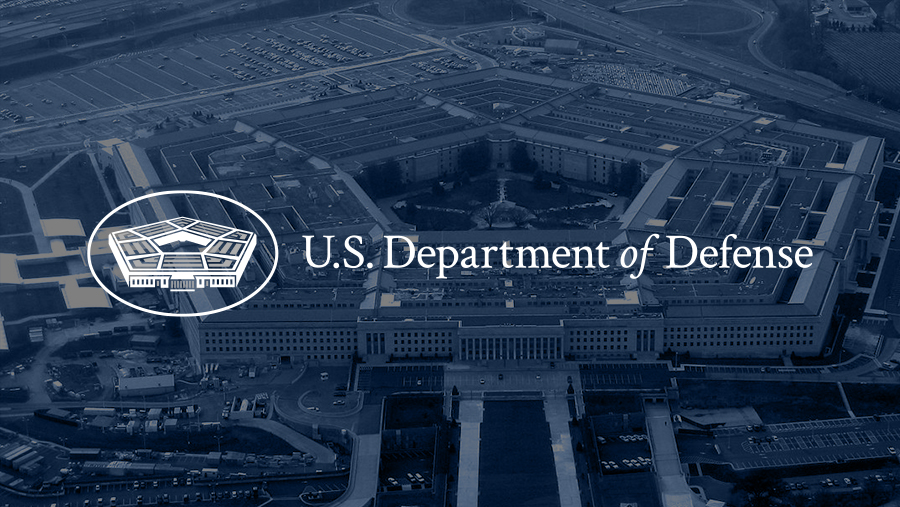Hello, you are using an old browser that's unsafe and no longer supported. Please consider updating your browser to a newer version, or downloading a modern browser.
Hello, you are using an old browser that's unsafe and no longer supported. Please consider updating your browser to a newer version, or downloading a modern browser.
Published by Mike McNelis on January 5, 2024

he Department of Defense (DoD) operates in an environment where the stakes are incredibly high. Efficient, reliable, and secure IT services are not just a matter of organizational efficiency but of national security. The Information Technology Infrastructure Library (ITIL) framework, renowned for its effectiveness in IT service management (ITSM), holds significant potential for enhancing DoD operations. This blog delves into why ITIL is an essential tool for the DoD and how it can be implemented for maximum impact.
ITIL is a set of best practices for ITSM that focuses on aligning IT services with the needs of businesses. In the context of the DoD, this means ensuring that IT services are in perfect sync with mission-critical objectives and national security requirements. ITIL provides a structured and flexible framework to govern IT service management, delivering efficiency, consistency, and predictability – all of which are crucial in defense operations.
Implementing ITIL in a department as vast and complex as the DoD requires a strategic approach.
The adoption of ITIL within the Department of Defense can be a game-changer, offering a structured approach to managing IT services that are so crucial to national security and defense operations. By enhancing efficiency, reducing risks, and improving service delivery, ITIL can help the DoD meet its complex and critical objectives. While the implementation of ITIL in such a vast and complex organization is challenging, the potential benefits it offers in terms of operational efficiency, risk management, and service optimization make it a worthy endeavor for the DoD’s ITSM strategy.
Back to All Posts